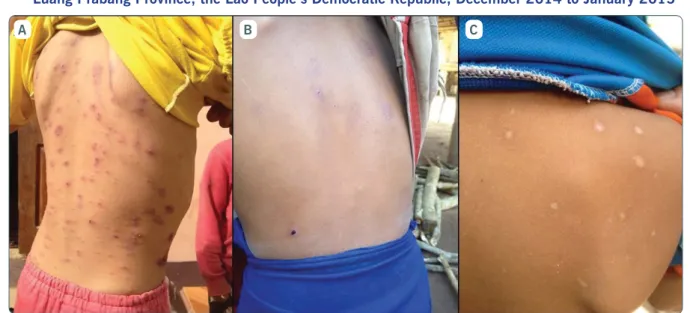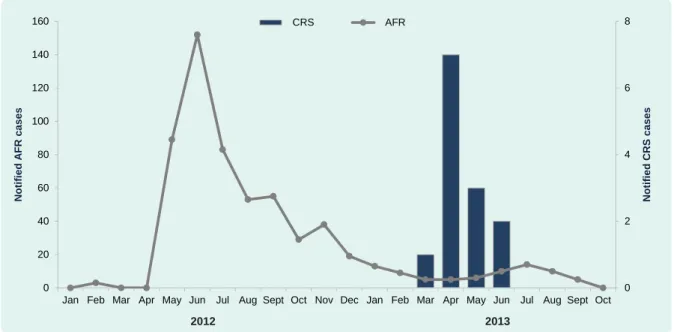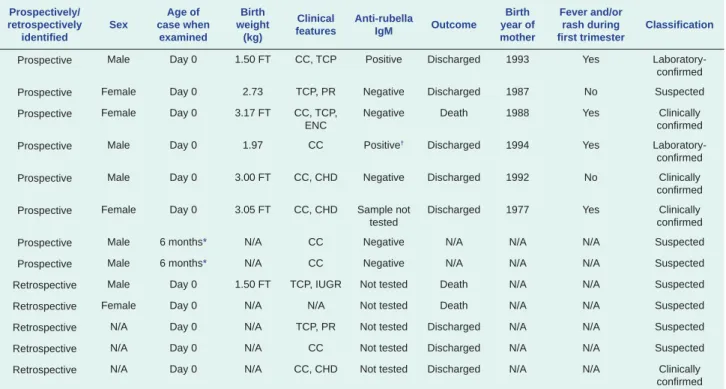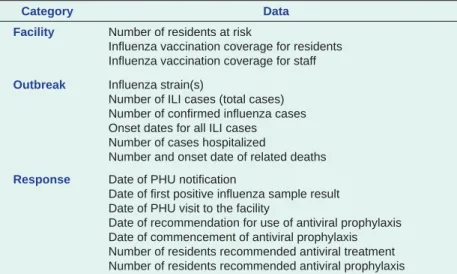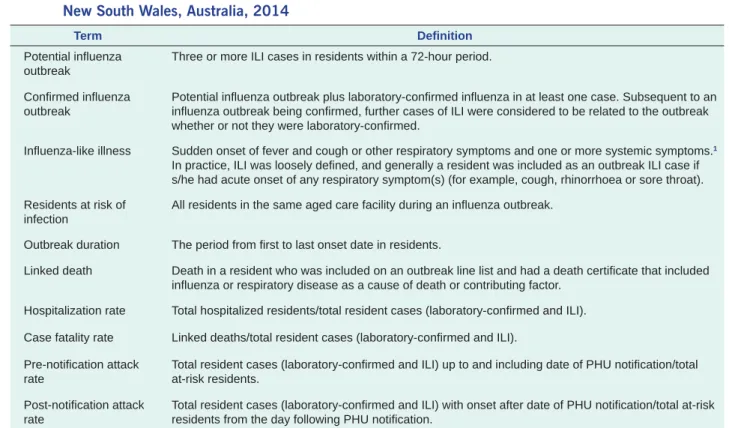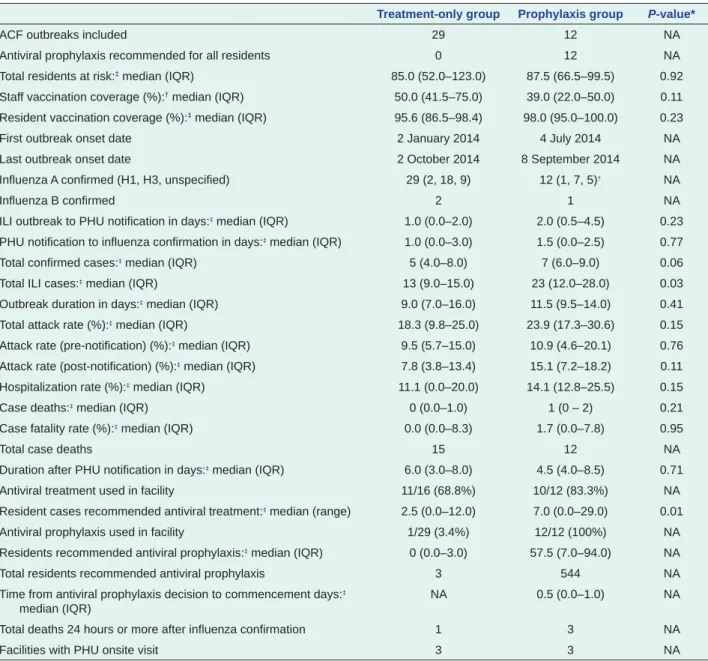Results: Between 22 December 2014 and 23 January 2015, 190 fever and rash cases were identified in seven villages in Pakseng District, with the majority of cases in the village of Houuitone. Of the additional 43 serum samples collected, no samples tested positive for measles or rubella IgM. In January 2015, the National Center for Laboratory and Epidemiology (NCLE) of the Lao People's Democratic Republic received a report of 34 cases of fever and rash in the remote village of Houitone (population = 937) in Luang Prabang Province.
We conducted an outbreak investigation to determine the etiology, size, and severity of the Houitone outbreak. Johannesburg, Proceedings of the 5th International Congress on the Impact of Viral Disease in the Developing World, 1995. In this study, four cases (44%) did not have a documented eschar, including three of the five laboratory-confirmed cases.
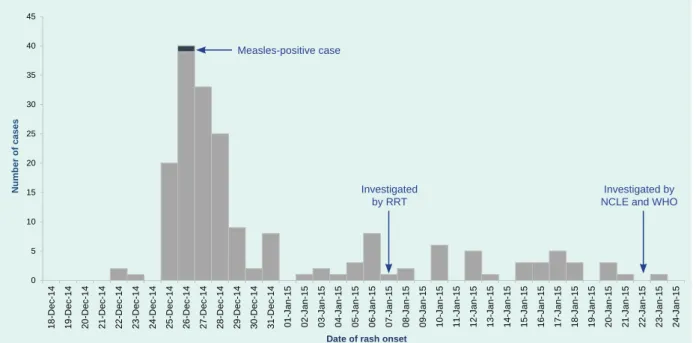
RESULTS
Group B: purpura, splenomegaly, microcephaly, mental retardation, meningoencephalitis, radiolucent bone disease, jaundice with onset within 24 hours of birth. A laboratory-confirmed case of CRS was a clinically confirmed case of CRS with the presence of serum anti-rubella IgM (Beckman Access, Lane Cove, Australia) or rubella-specific ribonucleic acid from pharyngeal swabs tested by polymerase chain reaction reverse-transcriptase (RT-PCR). Serum was not available for retrospectively identified cases and laboratory testing was not performed.
DISCUSSION
Additional undetected cases in the other provinces where no CRS surveillance was conducted are also possible. Results: A total of 41 outbreaks (12 in the prophylaxis group and 29 in the treatment-only group) were included in the analysis. In the treatment alone group, the antiviral treatment of cases, in accordance with national guidelines3, was discussed with ACF staff when the first confirmed case was reported.
A convenience sample of two LHDs in which antivirals were routinely recommended to ACFs with influenza outbreaks for both treatment and prophylaxis (prophylaxis group) and one LHD in which antivirals were routinely recommended to ACF- treatment only (treatment only group) were included in the analyses. All facilities were provided with routine outbreak management and infection control advice in accordance with Australian guidelines at the time of notification.3 In the prophylaxis group, antiviral treatment and prophylaxis were recommended after the first case of influenza. ACFs in the treatment-only and prophylaxis groups had comparable numbers of residents at risk (median 85.0 vs. 87.5 residents, P = 0.92).
Of the group treated alone, 29 confirmed flu outbreaks were reported in 2014, affecting 22.1% of the 131 ACFs in the district. Influenza B was also identified in two outbreaks in the treatment-only group and one in the prophylaxis group (Table 3). All outbreaks in the prophylaxis group and outbreaks in the treatment-only group occurred during the flu season from July to September 2014.
All outbreaks in the study occurred in NSW during 2014, with the majority in the three-month period between July and September. Influenza was confirmed in less than half of the ILI cases in the treatment and prophylaxis groups.
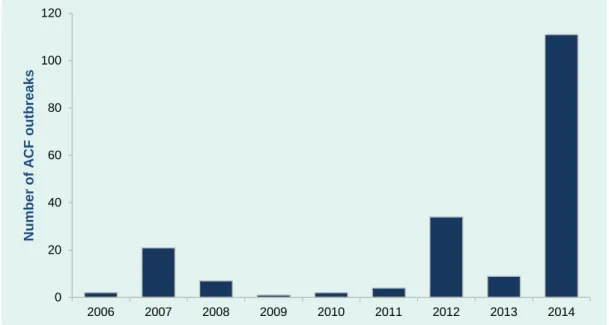
CONCLUSIONS
Other outbreaks may have had unidentified multiple introductions with possible impact on the course of the outbreak. Seasonal influenza in adults and children—diagnosis, treatment, chemoprophylaxis, and institutional outbreak management: clinical practice guidelines from the Infectious Diseases Society of America. Antiviral agents for the treatment and chemoprophylaxis of influenza – recommendations of the Advisory Committee on Immunization Practices (ACIP).
Sydney, National Association of Testing Authorities, Australia, 2015 (http://www.nata.com.au/nata/, accessed 8 January 2016). The authors would like to thank the many public health workers at the Hunter New England, Sydney and South Western Sydney Public Health Units and all aged care center and laboratory staff involved in the identification and management of these outbreaks. New South Wales, NSW Health Department, 2015 (http://www.health.nsw.gov. .au/Infectious/Influenza/Documents/2015/January-flu-report.pdf, accessed 8 January 2016).
A practical guide to assist in the prevention and management of flu outbreaks in residential care facilities in Australia. Canberra, The Department of Health, 2009 (http://www.health.gov.au/internet/.main/publishing.nsf/Content/cdna-flu-guidelines.htm, accessed 8 January 2016). Atlanta, Centers for Disease Control and Prevention, 2011 (http://www.cdc.gov/flu/.professionals/infectioncontrol/ltc-facility-guidance.htm, accessed January 8, 2016).
The 2015 Middle East respiratory syndrome (MERS) outbreak in the Republic of Korea, which started with an imported case1 and spread across the country with a total of 186 cases,2 exposed the vulnerabilities of the country's health system. The situation was exacerbated by the unique healthcare environment in the Republic of Korea, including overcrowded emergency departments and large numbers of hospital visitors seeking care at multiple hospitals.3 To assist in the outbreak response, the Republic of Korea Ministry of Health and Welfare hosted several international joint missions that provided valuable information and recommendations for MERS control and prevention of future outbreaks.
THE MISSIONS
The joint mission between the Republic of Korea and WHO and the mission in Saudi Arabia took place during the height of the outbreak. The experts from Saudi Arabia shared experiences of MERS patient care with experts from the Republic of Korea. The Western Pacific region of the World Health Organization (WHO), with an estimated 160 million carriers of the chronic hepatitis B virus (HBV) in 2007, bears a significant burden of HBV-related mortality and morbidity.1 Most member states in the region have an estimated chronic HBV infection share of more than 8% in their adult population, which is the highest worldwide.2 The WHO Regional Office for the Western Pacific published the first regional plan for hepatitis B control1 in January 2003 This plan is periodically updated with a consistent end goal of achieving a chronic HBV infection rate of less than 1% in the region.
Public Health Laboratory Service; Tuberculosis and Breast Service; and HIV/AIDS Service in the Ministry of Health. This study used only secondary data for analysis; .. the quality of some of the data from private agencies could not be checked. There were also 1.8 million foreign residents in the country in 2014, representing 3.6% of the total population.
During the Middle East Respiratory Syndrome (MERS) outbreak in 2015,3 the Ministry of Health and Welfare (MOHW) of the Republic of Korea provided information on the outbreak aimed at international visitors and foreign residents through multiple channels. While the Chinese make up the majority of international visitors and foreign residents in the Republic of Korea, the use of the Chinese hotline was less than expected. The press release of the joint mission had 5,447 hits on the MERS portal page and 1,007 hits on the English-language MOHW website.
The government of the Republic of Korea recognized that sharing information about outbreaks in multiple languages is essential to communicate with the international community, as recommended by the Joint Mission of the Republic of Korea and WHO.8 The government immediately responded. In 2009, the World Health Organization's (WHO) Technical Advisory Group on Immunization and Vaccine Preventable Diseases in the Western Pacific Region approved 2015 targets to accelerate rubella control and prevent congenital rubella syndrome (CRS).1 The Action Plan for vaccines aims for five of the six WHO regions, including the Western Pacific, to achieve rubella elimination by 2020. This method is based on animal population studies and has been used in epidemiological studies to evaluate the completeness of case assessments and to estimate the incidence and prevalence of disease in both human and animal populations.5 It has previously proven valuable to assess the sensitivity of acute flaccid paralysis surveillance in Australia.5 Use of this method assumes that the primary and secondary sources are independent, that all cases have an equal chance of being included, that cases have been accurately diagnosed, and that appropriate matching between sources has taken place.10 The small number of cases and clinical presentation of CRS combined with a nationally consistent case definition applied by both sources since 2004 ensured that most of these assumptions are likely to be met, except that it is difficult to ensure that the two sources be completely independent.
Meeting Report: Twenty-Second Meeting of the Technical Advisory Group on Immunization and Vaccine-Preventable Diseases in the Western Pacific Region, 2013.
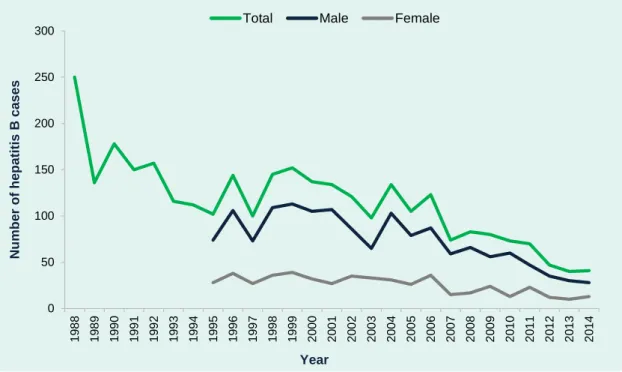
PROBLEM
CONTEXT
ACTION
-flood vector-control response, Solomon Islands, 2014 Shortus et al. in these areas was high in April 2014 after the flood.
OUTCOME
Interior wall surfaces in the evacuation centers were primarily exposed or painted treated wood, so the encapsulated slurry formulation of the IRS chemicals would have provided effective treatment. Spraying was done in the late afternoon or early evening to address the peak activity times of the two main dengue vectors. Influence of waterway stagnation on mosquito population density associated with malaria transmission in the Solomon Islands.
These results suggest that robust laboratory capacity is in place to support ZIKV surveillance in the Western Pacific. The study was designed to assess readiness for ZIKV testing in the context of co-circulating DENV and CHIKV. Responses to an email survey assessing national-level public health laboratory testing capacity for ZIKV and other priority arboviruses in 19 countries and territories* in the WHO Western Pacific Region, 2-23 February 2016.
While this research highlights the widespread availability of molecular diagnostics to support ZIKV control in the Western Pacific region, there remain critical roles for laboratories in helping to uncover the pathogenicity of the virus and its potential causative role in observed cases of microcephaly and other neurological disorders. This EQA, conducted in 2013 and 2015 by the WHO Regional Office for the Western Pacific15,16, demonstrated reliable competence in diagnosing these viruses in the region. Readiness for Middle East respiratory syndrome coronavirus molecular testing among laboratories in the Western Pacific region.
First round of external evaluation of the quality of dengue diagnostics in the WHO Western Pacific Region, 2013. External evaluation of the quality of dengue and chikungunya diagnostics in the WHO South-East Asia and Pacific Regions Western, 2015.

